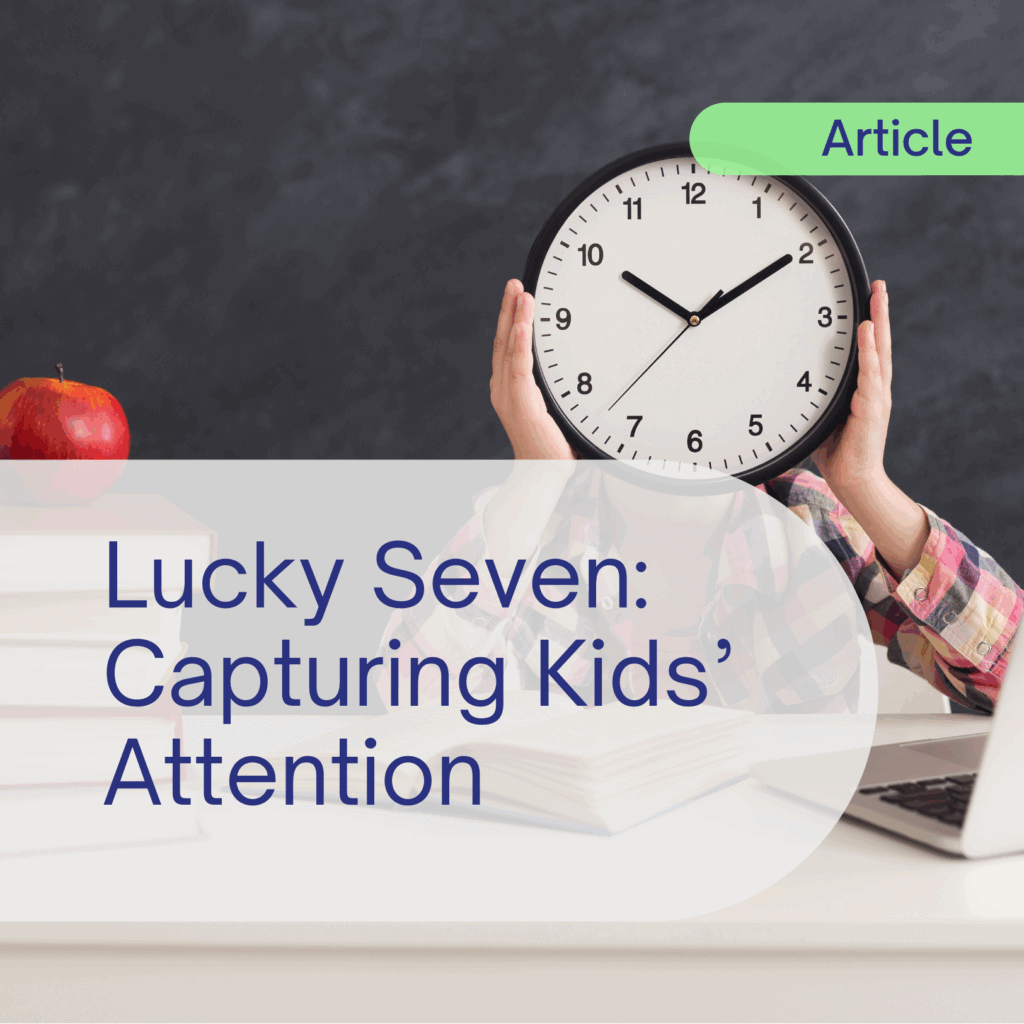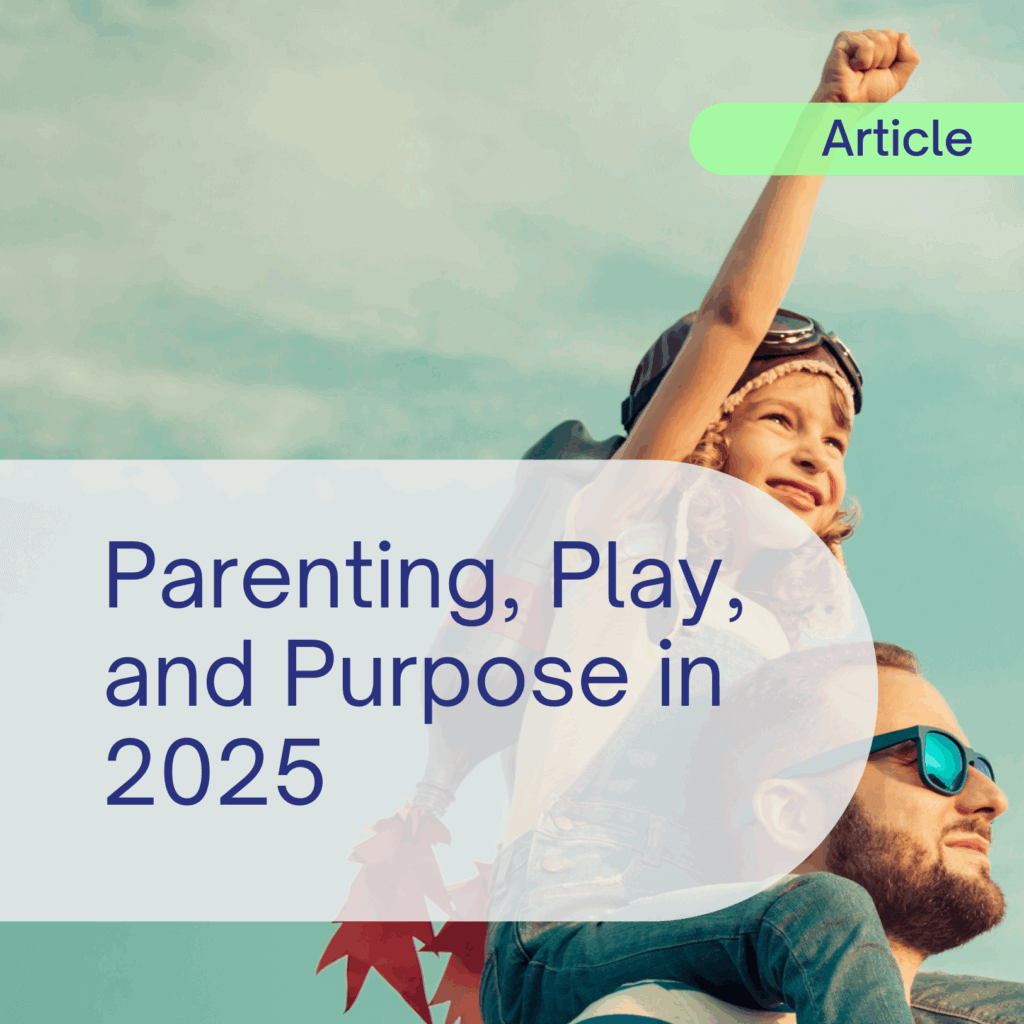Kids today have just a valuable seven hours available for entertainment each day — a narrow window of free time once school, sleep, hanging out with friends, and daily routines are stripped away. For brands targeting this demographic, understanding how kids spend this precious time becomes critical to earning a place in their lives. It is within this fiercely contested window that attention drives not just awareness, but also conversion, sales and long-term brand success.
Layer in the complexity of an always-on, borderless media world where everything competes with everything and the challenge intensifies. There’s now more content available than any child could wish to consume in a lifetime and with an infinite number of product choices but a finite window for their attention, the stakes have never been higher.
To win a slice of the 7-hour attention pie — much of which is already committed to existing favourites such as LEGO, SpongeBob and YouTube — brands must outmanoeuvre the choices kids already love. Every business function, from product to communication to distribution, must operate with greater intention and be guided by real-time data and consumer insights into the lives of modern kids and families.
The new economics of youth attention
For decades, marketing operated on the assumption that attention was abundant and easily captured. Generation Alpha, the first “Touchscreen Natives” born entirely in the 21st century, has fundamentally altered this equation. Raised in a world of on-demand content, algorithms and endless choice, they’ve developed new patterns of engagement, learning to swipe away anything that doesn’t immediately resonate.
Every decision a child makes about what to watch, read, or listen to is shaped by emotional context and competing demands. Whether they seek comfort, connection, creativity, or escape, kids are constantly navigating a flood of choices. Amplified by the globalisation of digital content, brands are also no longer competing with other brands in their category – they’re competing with anything accessible at the tap of a finger.
As Netflix’s Reed Hastings put it: “We compete with (and lose to) Fortnite more than HBO.” This creates a winner-take-all market where consumer insights and mapping engagement patterns becomes the difference between brand relevance and invisibility.
In this world of abundance of choice and limited attention, every choice is a trade-off. Kids choosing your TV show, video game or toy means them not choosing another. Winning attention in this environment demands more than just presence. It requires purposeful action — knowing what you create, where you show up, and how you communicate.
A framework for winning a share of the pie
Brands can no longer afford scattershot marketing. How can they become more intentional about capturing a share of those seven prime-time hours in a kid’s life?
Start by understanding the world through kids’ eyes. What drives their decisions? How do age, seasons, and times of day shape their behaviours? Preferences shift weekly, sometimes daily. That understanding must flow through every core business function:
- Product Strategy – Building for a moment and return
The opportunity lies in owning a specific moment in a kid’s day, whether it’s a wind-down activity before bed, a burst of fun after school, or a tool for creative expression on the weekend. As kids’ moods and needs shift throughout the day, products that align with those changing states stand a greater chance of becoming repeat choices.
- Distribution Strategy – Authentic multi-platform presence
With kids constantly shifting between platforms, it’s not just about being present everywhere. It’s about showing up where kids are, authentically across different touchpoints. Build experiences that bridge devices naturally. Create formats optimised for each environment rather than repurposing the same content. A modern distribution strategy goes where kids already are rather than where you want them to be.
- Communications Strategy – Right message, easy to understand
Effective messaging makes it easy for a kid to understand and describe – think Apple’s “1,000 songs in your pocket” to promote the iPod rather than detailing the technology. However, today’s kids, shaped by a pandemic and constant digital overload, are also deeply values-driven and empathetic. Communications must therefore do double duty: deliver a single, memorable benefit that fits the moment while also signalling genuine alignment with kids’ concerns about external factors and internal ones (e.g. their self-perception, their image, their values). That clarity combined with authenticity is what turns attention into action.
Cracking the attention code
Brands that map how kids truly engage consistently outperform those relying on traditional metrics:
- Quality over quantity: Active, engaged attention from kids matters more than broad but passive reach.
- Flow over static: Kids’ attention moves fluidly across platforms in familiar daily patterns.
- Influence over impression: Attention that inspires kids to act, whether sharing, talking, or choosing, holds the greatest value.
- Timing over targeting: For kids, when a message arrives is just as important as where it appears.
- Community as an antidote to digital: The school playground is alive with conversations about favourite brands and shows. Brands woven into these chats become part of their world.
A brand’s consumer insights toolkit must evolve to reflect the lived reality of kids’ lives: fragmented attention, emotionally scheduled consumption, and cross-platform journeys. Without real-time consumer insight — not just what kids do, but why, when, and where they do it — even the best brand strategies risk falling flat.
The Insights Family surveys a family member every 45 seconds across 22 countries to capture the rapid shifts in kids attention patterns — where attention actually flows, when it commands premium value, and how platforms influence each other.
As the only company providing real-time, independent market intelligence on kids, parents and families, we create continuous streams of actionable consumer insights that empower brands with the deep understanding they need to compete for a share of kids’ attention.
Want to learn more about how those consumer insights can benefit your organisation and help you win a share of the 7-hour pie? Contact us today.





